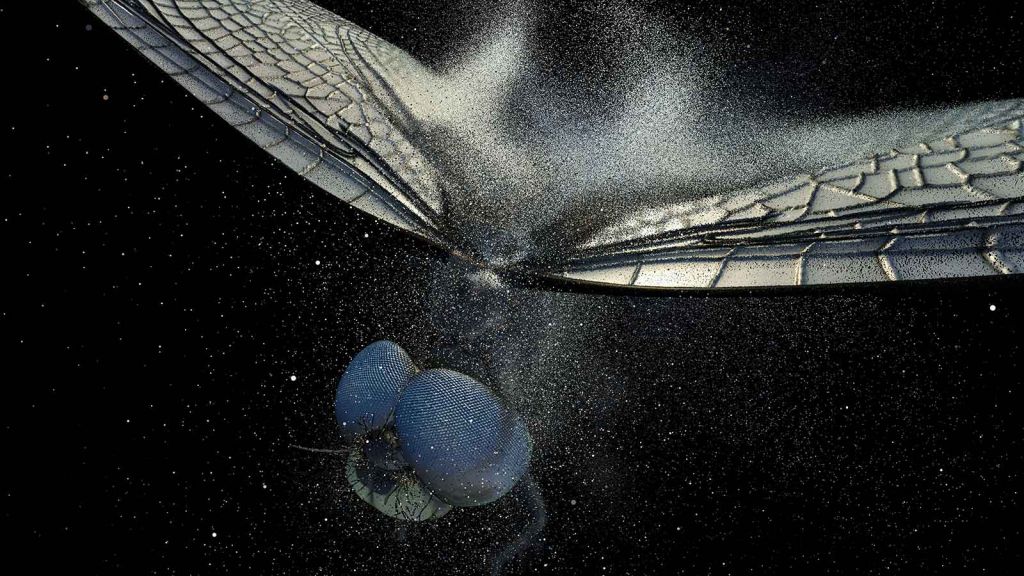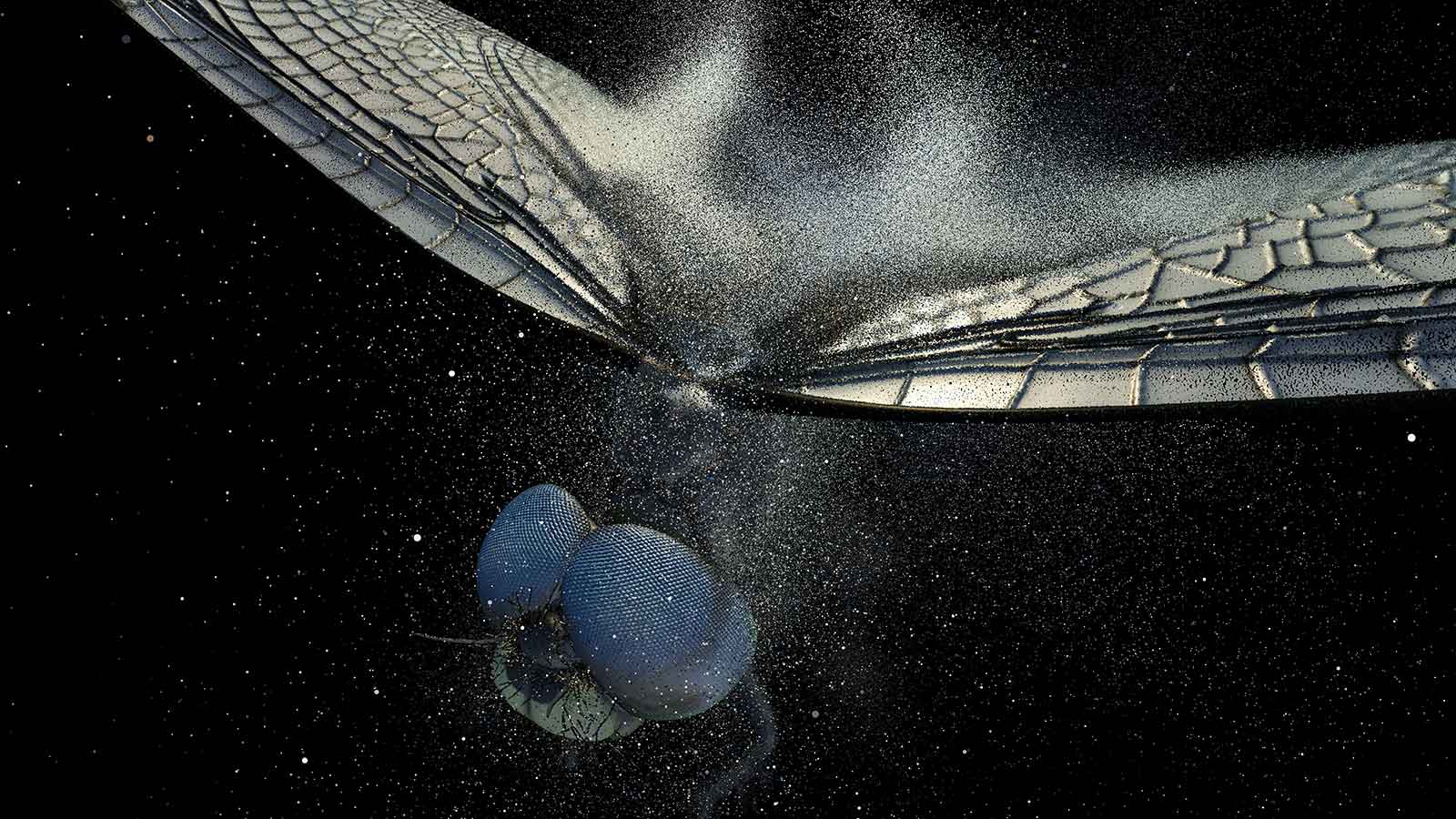Interview by Lula Criado

Idil Tabanca has gone from being one of the founding editors of the successful New York-based art and fashion magazine BULLETT to being the Creative Director of OMM, a major new art museum in Eskişehir, Turkey. Designed by architects Kengo Kuma and Associates, the building reinterprets the historic fabric of the Odunpazarı district and pays homage to the local Ottoman dome architecture and traditional Japanese architecture.
Open since September 2019, OMM is home to the 1,000-piece collection of modern and contemporary art of Idil’s father, art collector Erol Tabanca. It is an excellent opportunity for her to have a voice, to have a say for the young people that need this kind of platform in Turkey. Idil Tabanca studied film and digital media and worked as a production designer on various commercials, music videos and feature films. She moved to New York in 2009, where she co-founded the arts and culture magazine BULLETT. Her background in film and publishing gave her the tools and perspective, as well as the production skills required to run a museum.
Digital art and new media are both fascinating mediums in the context of contemporary art. There’s enormous potential in Turkey for artists, so the exciting part of being the Creative Director of OMM is giving young people and artists the opportunity of sharing their work. Tabanca admires artists that are able to master new technologies like Marshmallow Laser Feast.
OMM is committed to celebrating artists that are pushing the boundaries of art, design and technology. Conceived as a platform rather than a traditional museum OMM presented, days before the lockdown went on, Karina Smigla-Bobinski’s solo exhibition ADA: Interactive Kinetic Sculpture. And back in January, the residency Exhibit #1 Third Place brought together Tyler Thacker and Erin Wolf Mommsen’s works encompassing the theme of biomimicry. Looking into a post-lockdown future, what Idil Tabanca has in mind is exhibitions that will contain participatory and interactive elements, to explore the technological and logistical challenges of migration, nationhood and identity.


What makes OMM different from other museums and cultural institutions?
What sets us apart is that we see ourselves as a platform rather than a museum. We have a small boutique hotel that is a part of the museum as well as a co-working cafe and a dynamic concept/book store. They all come together to create a space, not unlike a campus where one could spend hours doing various activities. Our motto is ‘You could live at OMM’, meaning; you can eat, sleep, read, learn, hang out, draw, paint, listen to music, attend concerts, panels, talks, and studios, and meet new people under our roof. OMM is also surrounded by other small local museums, galleries and artist studios.
The creative energy is not confined to our walls but spills out to the streets of Odunpazarı, a vibrant neighbourhood where history meets art and architecture. OMM’s minimal Japanese structure rises out of a sea of 19th-century Ottoman houses, which creates a striking landmark in the town.
Another thing that I would say sets us apart is that we work very hard to be inclusive and approachable. We embrace a language and attitude that is simple and sincere when we communicate with visitors so that everyone feels included – we shy away from language that is too formal or ostentatious to create a welcoming environment for all. We want to be the people’s museum. All of our exhibition opening nights are free and open to the general public, as are our events and concerts. We make a conscious effort to create spaces for the public to interact with artists and the museum team.
OMM has delved into the interactive and virtual reality exhibition space: can you share some past and upcoming highlights?
To coincide with the launch in September 2019, OMM hosted two virtual reality installations by the English art collective Marshmallow Laser Feast. Both works pushed the boundaries of digital art – making use of immersive technology to explore our dependence on the natural world. We also recently hosted an installation called ADA, an interactive kinetic installation inspired by the world’s first computer programmer Ada Lovelace. Our next big exhibitions will contain participatory and interactive elements to explore the technological and logistical challenges of migration, nationhood and identity.
In times of social and climate crisis, complicated relationships with technology and political strain, what role does art play today in contemporary society?
I believe that art can be an outlet for social frustrations and a tool that pushes forward progress. Dealing with issues like social crises, political strains or environmental injustices, art smoothens the most difficult of conversations, offers people alternative perspectives and makes people question their conditionings. For those reasons, I believe art plays a critical role in the discussion of social issues. I don’t think this is something new – throughout time, artists have developed tools and languages to convey important ideas to their respective societies. These tools and languages are always evolving in new and exciting ways.
Technology is becoming increasingly embedded in the arts. Do you have any predictions, expectations or perhaps fears about this deepening relationship?
In the past, for it to be appealing, the artwork had to be tangible. Especially from the point of view of a private collector – people wanted to only invest in artworks of conventional mediums. However, that has been changing for the last decade. Digital formats, performance pieces, and audio installations are increasingly embraced. Virtual reality and augmented reality have taken their rightful place as new tools for the contemporary artist.
Technology is power, and with great power comes great responsibility. I believe that used wisely; these tools can enhance the experience of interacting with the artwork. For example, Marshmallow Laser Feast’s installation scans redwood forests and brings them within a distance of people’s feet. With virtual reality, they recreate the sense of being inside the forest, which becomes a call to action for the environment.
Another one of their projects allows visitors to see the world through the eyes of different animals and allows them to embody and empathise with them. MLF is a great example of how an artist (or, in this case, a collective) can use the tools that the most advanced technology offers to create an artwork in the form of an experience that has the potential to change one’s perspective.
I predict there will be hundreds of new tools and programs that will allow artists to explore new ways to communicate their ideas – I’m more excited than scared about the growth of technology in art.
What would be your biggest curating extravaganza?
I would love to do an exhibition that examines the history of furniture and product design, starting from the early 20th century to today.
You couldn’t live without…
Nature.






